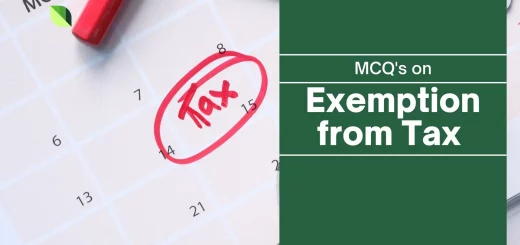Macroeconomics Meaning | Historical Review of Macroeconomics
Table of Contents
Macroeconomics Meaning
Meaning of Macroeconomics :
Macroeconomics is the branch of economics that analyses the entire economy. It deals with the total employment, national income, national output, total investment, total consumption, total savings, general price level interest rates, inflation, trade cycles, business fluctuations, etc. Thus, macroeconomics is the study of aggregates.
Definitions of Macroeconomics
1) J. L. Hansen – “Macroeconomics is that branch of economics which considers the relationship between large aggregates such as the volume of employment, total amount of savings, investment, national income, etc.”
2) Prof Carl Shapiro – “Macroeconomics deals with the functioning of the economy as a whole.”
- Microeconomic Definition | Historical Review of Microeconomics
- Scope Or Nature of Microeconomics
- Features of Microeconomics
- Importance of Microeconomics
Historical Review of Macroeconomics
Macro Economics did exist in the past before the evolution of Micro Economics. In the 16th and 17th centuries, followers of Mercantilists (a group of English merchants) advocated policies to the government which was based on a macro approach. In the 18th century, Physiocrats (French Thinkers) tried to analyze the concept of national income and wealth. Even the Classical Economic theories of Prof. Adam Smith, Prof. Ricardo and
Prof. J. S. Mill discussed the determination of national income and wealth. But their macro analysis was combined with micro analysis. Thus, micro analysis ruled the world of economics till the Great Depression
of 1930s.
After the Great Depression, Lord John Maynard Keynes published his famous book the “General Theory of Employment, Interest, and Money” in 1936. Keynes used the macroeconomic approach to analyze economic problems. The credit for the development of the macroeconomic approach goes to Lord Keynes. Besides Keynes, Malthus, Wicksell, Walras, and Irving Fisher are other economists who have contributed to the development of macroeconomics.


